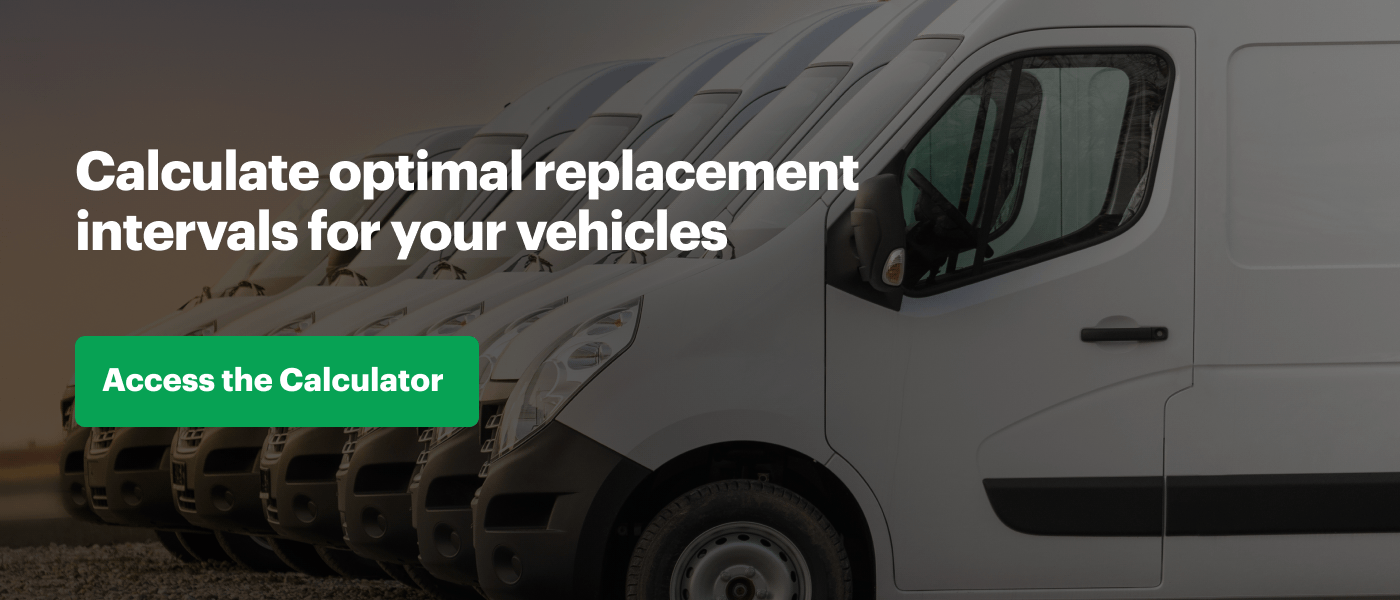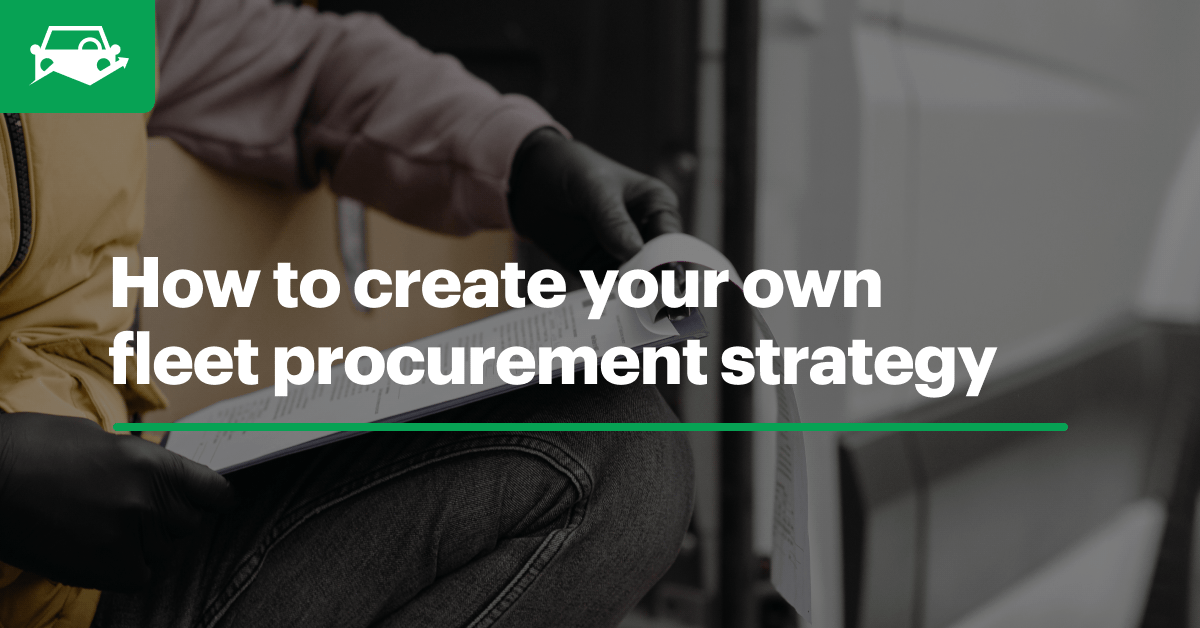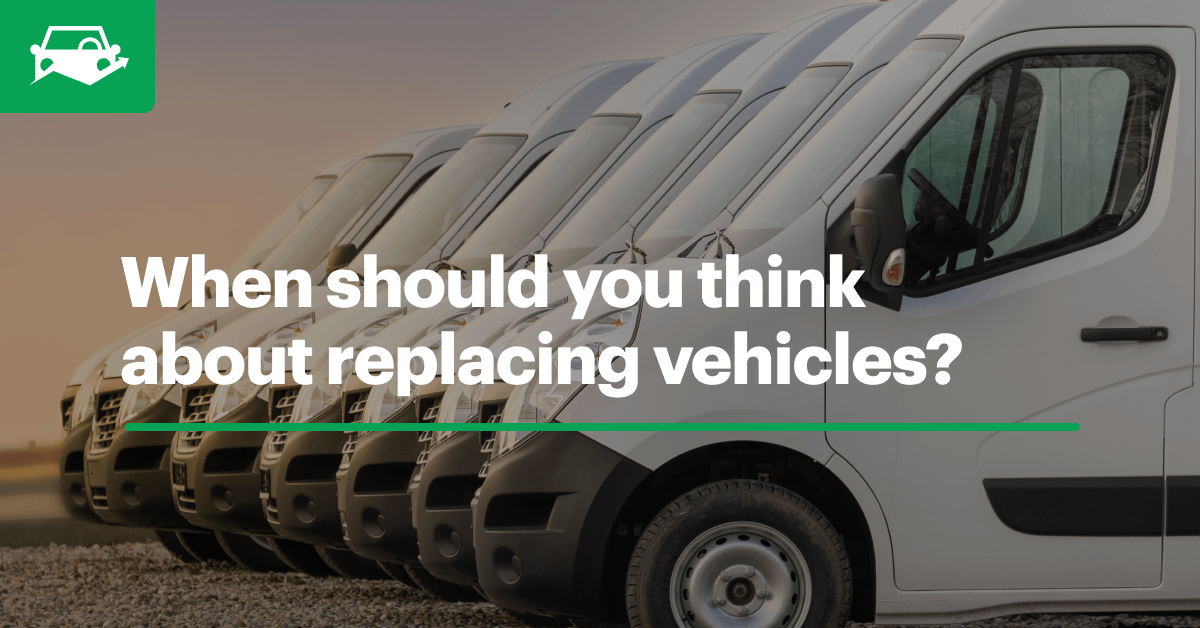Optimizing fleet vehicle replacement allows you to keep costs low, extend the life cycle of each asset, control vehicle safety and more. Effective replacement plans, however, are easier said than done.

We know fleet vehicle replacement can be a tricky process, so we wanted to share some helpful approaches from our guide, Developing a Comprehensive Fleet Vehicle Replacement Strategy.
The keys to success for vehicle replacement can be broken down into two essential steps:
-
Developing a strategy that works for your fleet
-
Communicating the value effectively to stakeholders
Developing a Vehicle Replacement Strategy
When it comes to creating a vehicle replacement plan, there’s no one size fits all. An effective plan will depend on a variety of factors including your fleet size, age, makeup and use.
The standard rule of thumb is for fleets to replace light-duty vehicles every four years or 100,000 miles and heavy-duty trucks and vans every eight to ten years– however, most fleets replace their assets on a slightly longer timeline For example, light-duty vehicles may realistically only be replaced every five to seven years or 120,000 to 150,000 miles.
Generally, the longer a vehicle is operated, the higher the operating costs and the worse its performance. This can be gauged via a commonly used metric called TCO, or total cost of ownership, which allows you to continually assess the cost efficiency of the assets in your fleet.
A fleet management software can be instrumental in helping you not only maximize the lifetime value of each of your vehicles, but also determine your replacement timelines. Platforms like Fleetio present a perfect opportunity to aggregate all of your fleet data in one place to be leveraged in decision making.
It’s important when considering vehicle replacement to also think about both disposal and procurement. There are plenty of routes for getting rid of outmoded vehicles, between private selling, dealer trade ins and auction houses, and the best route for your fleet depends on how quickly you need funds and how much return you’re looking for. Procurement is just as selective, and getting input from drivers, choosing the right provider and calculating TCO are all important steps.
While there are suggested guidelines and measures you can choose to follow in developing your internal strategies, it’s best to think about your own fleet critically and create a vehicle replacement plan that your fleet can stick to – consistency is key.
Communicating Value to Stakeholders
After investing time in creating an effective vehicle replacement plan, you’re not quite finished. Equally important to developing a strategic plan is getting your fleet stakeholders on board—including the executive team, finance and purchasing team, local management and unit operators.
You’ll want to prepare an elevator pitch that outlines your replacement plan, answers why it should be a fleet priority and how it benefits each internal stakeholder. In order to establish credibility, be sure to incorporate data collection, analysis and benchmarking at the foundation. The most effective changes can occur when all fleet players understand their individual contributing roles and the plan’s value to the broader organization.
Editor’s note: This blog post was originally posted in July 2018 and has been updated for accuracy and relevancy.
Fleet data is key to establishing a comprehensive vehicle replacement plan. See how Fleetio automatically captures data so you can make the best decisions for your fleet. Start your free trial or request a demo of Fleetio today!




